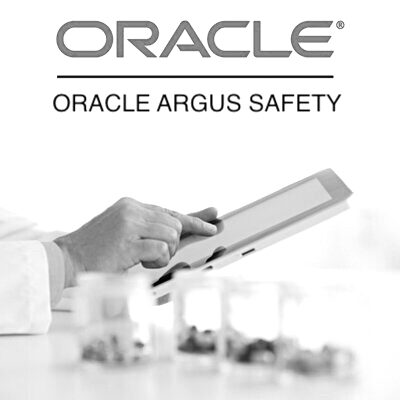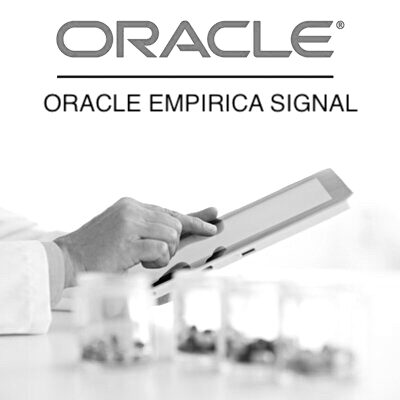Table of Contents
WHO and Safety Reporting
In this post we will talk about history, Present program structure, Current work, Guidelines and role of Uppsala Monitoring Centre in relation with WHO and safety reporting for adverse reactions.
The WHO International Drug Monitoring Program was established in 1968 as a pilot project with the participation of 10 countries that had organized national Pharmacovigilance systems at that time.The intent was to develop international collaboration to make it easier to detect rare adverse drug reactions (ADRs) not revealed during clinical trials.
The international drug monitoring centre was moved from the World Health Organization (WHO) headquarters in Geneva, Switzerland, to a WHO Collaborating Centre for International Drug Monitoring in Uppsala, Sweden, in 1978.
This was the result of an agreement between WHO and the government of Sweden by which Sweden assumed the operational responsibility for the Program. WHO headquarters, Geneva, retained the responsibility for policy matters. The Collaborating Centre is often referred to as the Uppsala Monitoring Centre (UMC).
It is interesting to note that up to and including the benoxaprofen (“Opren”) incident in 1989, changes in drug safety procedures were implemented as a result of drug disasters that had a high media profile. The responses to these disasters constituted a major re-thinking of drug safety issues.
Since the benoxaprofen incident, there have been a number of drug withdrawals related to safety issues, but these have been managed much more effectively and expeditiously. It may seem that we now have safety systems in place that enable effective action to be taken globally before disturbing numbers of patients are affected. However, it is ironic that the recent pill scare in the United Kingdom may have caused more distress because of a rapid regulatory response to a safety issue.
Since the benoxaprofen incident, the main changes made in pharmacovigilance have been proactive improvements involving fine tuning of regulatory systems and the adoption of better epidemiological techniques often associated with improvements in information technology (IT).
Present Program Structure
The number of national centers which are active members of the WHO Program has increased, in 10 years, from 28 to the present 67 countries, and the database has grown from over 600 000 reports to over 2.8 million. An additional six countries have formally applied for membership and they are considered associate members while the issue of technical compatibility of their reports with the WHO requirements is established.
In each country, a national centre, designated by the competent health authority, is responsible for the collection, processing and evaluation of adverse reaction case reports basis, but is also submitted to the WHO centre for inclusion in the international database. Collectively the centers annually provide 200 000-250 000 individual reports to the WHO of reactions suspected of being drug induced.
Case reports submitted to the WHO centre according to an agreed format are checked for technical correctness and then incorporated in the international database in a weekly routine.
The material is screened at least four times a year for new and serious reactions as well as the reporting frequencies of associations of particular interest. Many additional examinations of the data are made on an ad hoc basis.
This completes our discussion on WHO and Safety Reporting . We hope this gives you flavour of the WHO and Safety Reporting and how it is used in pharmacovigilance.
For a deep insight into the world of Pharmacovigilance, subscribe to our Pharmacovigilance Knowledgebase Want to explore a career in Pharmacovigilance? Join our Diploma in Pharmacovigilance program and kick-start a career in Pharmacovigilance and Oracle Argus Safety.
Already completed a program in Pharmacovigilance. Enhance your expertise on the Oracle Argus Safety software by pursuing our Oracle Argus Safety program. You can also subscribe for 24×7 access to the Oracle Argus Safety software for practice.
You may be interested in…
-
 eLearning + software
eLearning + softwareOracle Argus Safety Essentials
$599.00 -
 eLearning + software
eLearning + softwareOracle Argus Safety Essentials + Console
$799.00 -
 Live Online
Live OnlineOracle Argus Safety – Live Online
$999.00 -
 Live Online
Live OnlineOracle Argus Safety + Console – Live Online
$999.00 -
 eLearning + software
eLearning + softwareOracle Empirica Signal
$599.00 -
 Live Online
Live OnlineOracle Empirica Signal – Live Online
$999.00 -
 eLearning + software
eLearning + softwareDiploma in Pharmacovigilance
$799.00 -
 eLearning + software
eLearning + softwareArgus Safety – Business Configuration and Administration
$599.00

